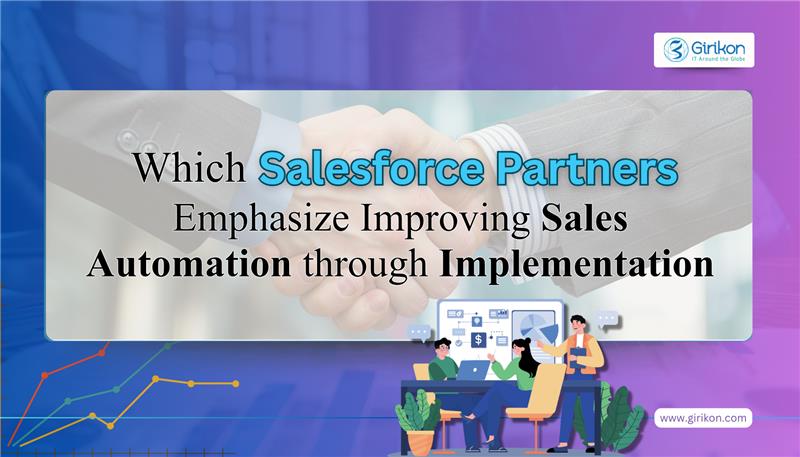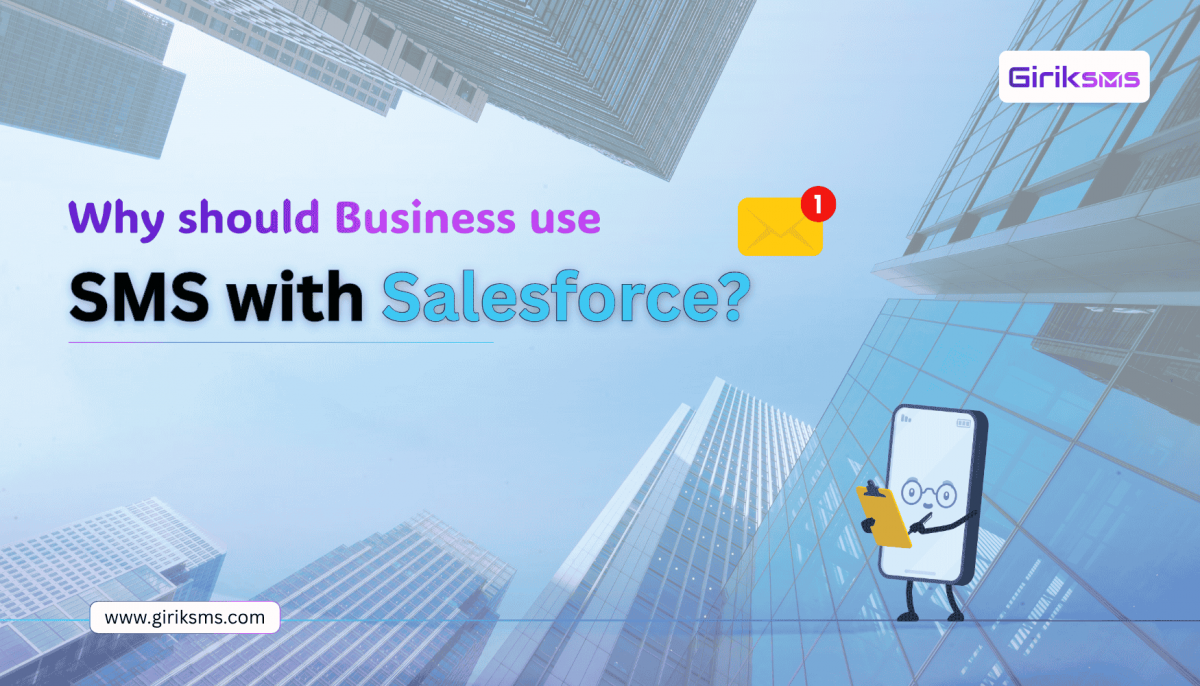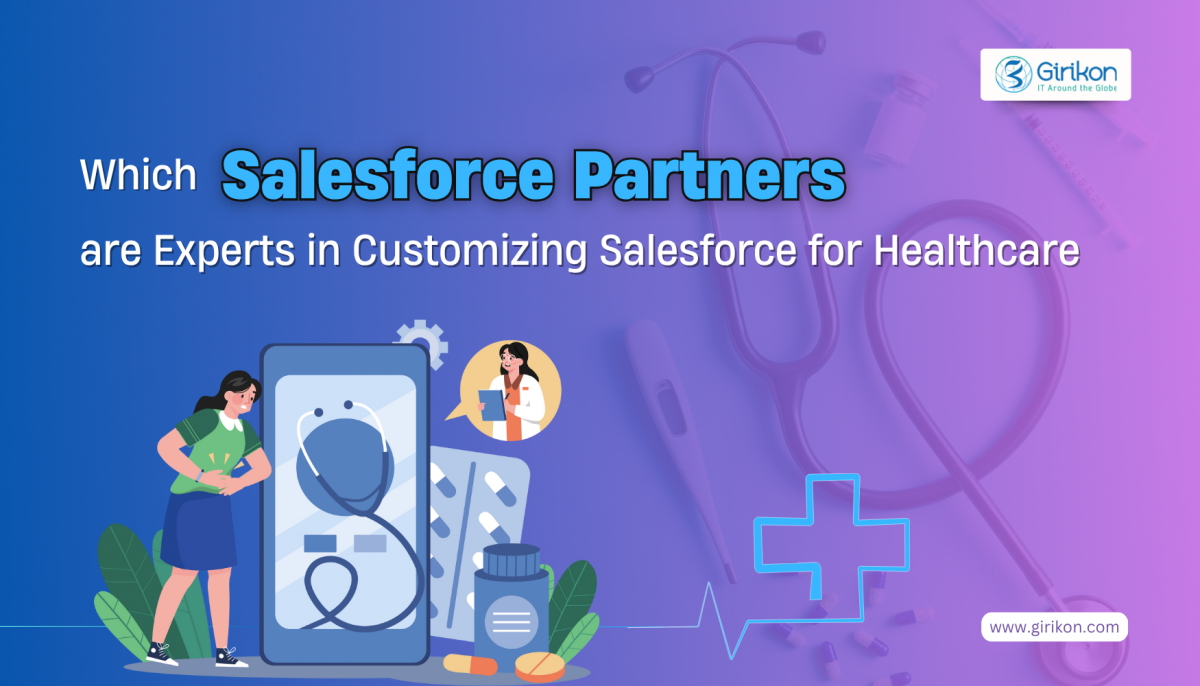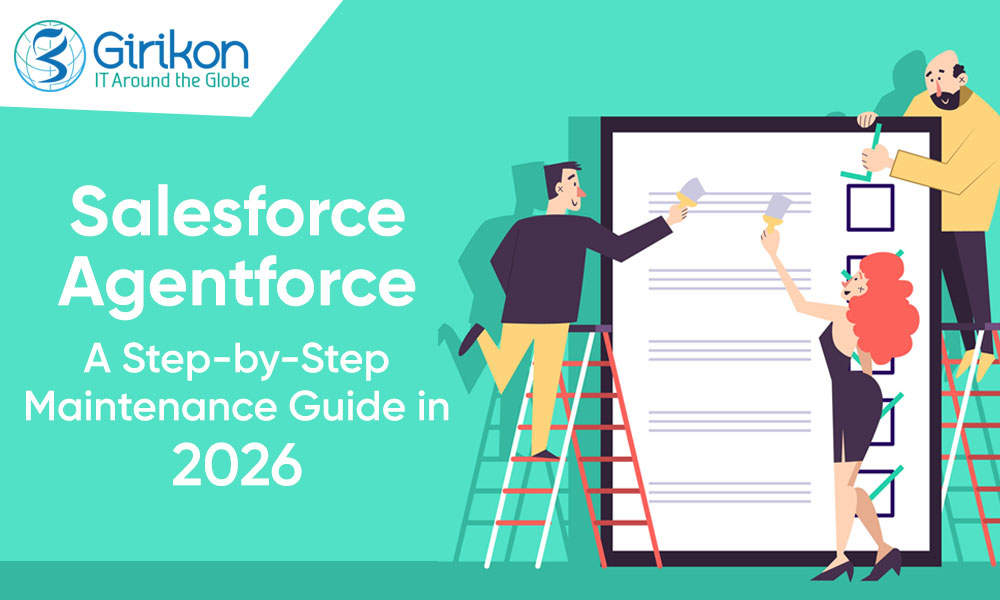Maintaining effective customer relationships is the cornerstone of every business undertaking. In fact, it has become a key determiner of success for organizations. Today, forward-thinking organizations are leveraging robust technology solutions like Salesforce to provide superior service to their customers. As a cloud-based CRM, Salesforce helps organizations to accelerate their sales, grow customer loyalty, and augment their marketing capabilities. Most interestingly, it provides teams across an organization the ability to access the latest customer details for streamlining business processes and creating quality services and solutions.
But, for this to happen, organizations require developing a Salesforce integration strategy to ensure that it partners or connects with other important systems, applications, and services. Successful third party integration is critical to turn it into a valuable business tool. The process of integration is beneficial both for users, as well as the Salesforce platform. Besides helping the platform to expand its services, integration services help in improving the operational functionality of the platform, which ultimately allows organizations to increase their customer base. It makes sense to engage with a reliable Salesforce consulting partner to know more about Salesforce integration services.
What is the Need for Integration?
Today, several businesses have realized the significance of integrating their Salesforce platform with other systems and are thus trying to develop point-to-point connections with adjacent systems. However, such integrations aren’t sustainable as there are several touchpoints, which, when integrated with Salesforce, can provide value to an organization such as developing partner ecosystems, dealing with legacy systems, and more. All these will help in uncovering new opportunities to add value to your customers etc. Considering the variety of Salesforce integration needs, the integration process might become challenging and can be addressed using common integrating patterns.
Common Salesforce Integration Patterns Enlisted below are some of the most commonly incorporated integration patterns that can be used to facilitate seamless third-party integrations:
Migration Pattern: Data migration involves moving a data set from one system to the other. The migration pattern involved in integration allows developers to create migration services that are automated and allow the developed functionality to be shared across all the teams in an organization. Developers have the option to set configuration parameters to get access to API calls. This will provide seamless migration of Salesforce data in and out of the platform either basis as and when required via API or on command basis. Developers can also develop reusable services for facilitating periodic migrations while saving considerable time for the users. Data migration pattern can be utilized for other Salesforce integration such as data migration from legacy systems to Salesforce, Consolidating CRM systems, creating data back-up for customers, and more. The migration pattern is particularly useful while handling vast volumes of data.
Broadcast Pattern: It is a one-way synchronization process that helps users to move data from the source location to multiple systems in real-time. As compared to the traditional 1:1 relationship, this pattern implies 1: many connections. Unlike the migration pattern, the broadcast pattern is more efficient as it functions on a transactional basis and facilitates faster processing of data, besides keeping it secure and up-to-date across all the platforms it has been shared across. It is recommended to ensure the reliability of this pattern as it lacks human supervision, and the majority of processes are initiated through push-notifications that are pre-scheduled.
Aggregation Pattern: In contrast to the broadcast pattern, the aggregation pattern helps in migrating data from multiple sources to a single destination system. This pattern does away with the hassle of running various integrations regularly besides ensuring more reliability and data security. The template created due to aggregation patterns can be used by users to merge multiple data sets for creating reports in different file formats. Some of the most important uses of the aggregation pattern include:
Creation of orchestration API that pulls data from multiple sources and processes it into a single response.
Creation of a central data repository that could be used for compliance and auditing purposes.
Bi-directional Sync Pattern: This pattern brings together multiple data sets across the different systems, causing them to act as a single system while allowing them to acknowledge the presence of other data sets that are being transmitted. This integration pattern comes in handy when different systems are required to accomplish other functions along with their specific tasks in the same data set. The usage of this integration pattern allows users to have a real-time view of the transmitted across the systems. Some of the use cases of this system include:
Integrating multiple systems to Salesforce that leads to improved operational efficiency.
Streamlined quote to cash while serving as a system of records for data that requires to be synchronized.
Co-relation Pattern: While this pattern is quite similar to the bi-directional sync pattern, it differs in the fact that it singles out data sets that intersect with each other and provides bi-directional synchronization of scoped data provided that data occurs in the system naturally. This will lead to the creation of new records if they are found in all other systems apart from the concerned one. This pattern only synchronizes objects as long as they are present in both systems naturally and doesn’t discern the origin of the data object. This integration pattern is useful in cases when two systems wish to share data only if both the systems have records that represent the same contacts or objects.
The Bottom Line: Clearly, there are numerous benefits of Salesforce integration for managing data within enterprises. However, to get started using these patterns, you must get in touch with an experienced Salesforce implementation partner who can help you make the right choice. So, develop long-term and strong customer relationships by gaining a unified view of your customers through Salesforce integration.
Data loss poses a severe threat to businesses of all sizes. When sensitive data is compromised or stolen, the financial health, productivity, and reputation of a company take a hit. As data volume is increasing exponentially, opportunities for thefts and breach of proprietary information are rising significantly. While businesses are adopting strategies to prevent the loss of their confidential data, it isn’t entirely possible to avoid the same.
While organizations using robust CRM systems like ‘Salesforce’ might develop a false sense of security as they store their data in the cloud, yet these systems aren’t prone to outages. While Salesforce till now provided data back-up recovery services for retrieving lost data, especially in scenarios such as ‘data import’, which might at times go wrong. However, Salesforce is about to cancel its data recovery services by the end of July 2020.
What makes Salesforce retire from their data recovery services?
Salesforce doesn’t consider their data recovery service worthy enough to be continued due to the time and cost involved in retrieving the data. Apart from this, some data cannot be recovered using Salesforce data recovery services, and an excellent example of it is the metadata. In fact, only data as old as three months can be recovered and is recommended as a last resort that, too while recovering large quantities of data. While the Salesforce recovery process requires you to pay a hefty rate of $10,000, it takes several weeks before you receive the CSV file much before you restore data to your org. What’s more bothersome is that Salesforce doesn’t assure of complete retrieval of data. With such poor services, Salesforce finally decided to call off its data recovery services without any replacement.
Alternatives to data recovery services by Salesforce
Salesforce provides three out-of-the-box options that require manual intervention:
Data Loader: Using Dataloader, you will be able to export all your data manually. With a developer by your side, you will be able to automate the export process easily.
Data Export Wizard: This function enables you to program a downloadable copy of your data. Once the back-up is ready, you will be notified regarding the downloading of the files via email. This allows you with 48 hours to download all the data before they expire.
Reports: The reporting function, just like Data Loader, can be used to export your data. However, running extensive reports can be taxing and time-consuming.
What is the Best Fit?
In such a situation, the best approach is to use third-party applications that are available on AppExchange for data recovery and back-up. However, it would help if you looked out for features like multiple snapshots of data, comparison between production and sandboxes, and data hosting solution coupled with a mechanism for querying data. Since, the Salesforce platform is designed to facilitate integration with third-party tools; it provides for a back-up data solution.
Conclusion:
While it isn’t easy to prevent data loss, the good news is that it is easy to avoid the loss of Salesforce data with a robust disaster recovery strategy. Though Salesforce intends to back out from their data recovery services, it certainly provides for a back-up solution.
Girikon – a reputed name in the Salesforce consulting space offers wide array of IT services that can be leveraged by organizations across different sectors to fulfill their specific business needs.

 +1-480-382-1320
+1-480-382-1320 +44-7428758945
+44-7428758945 +61-1300-332-888
+61-1300-332-888 +91 9811400594
+91 9811400594


















